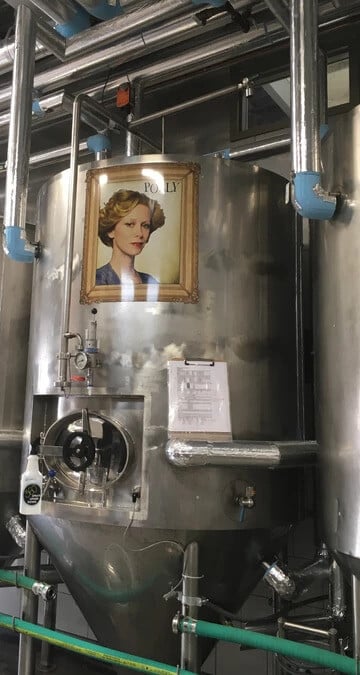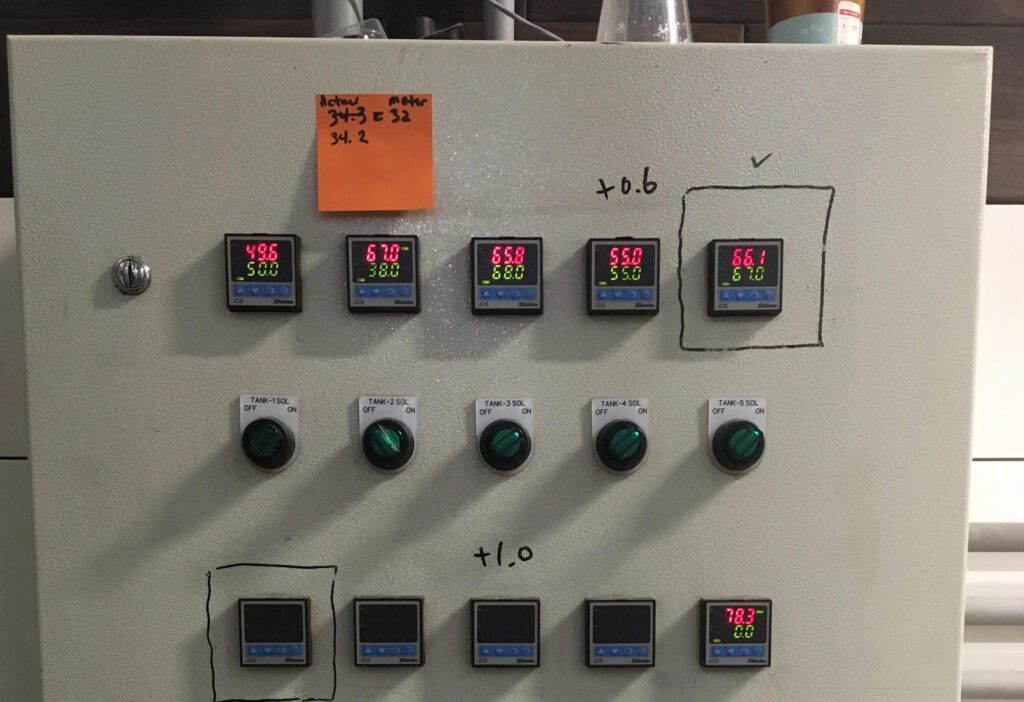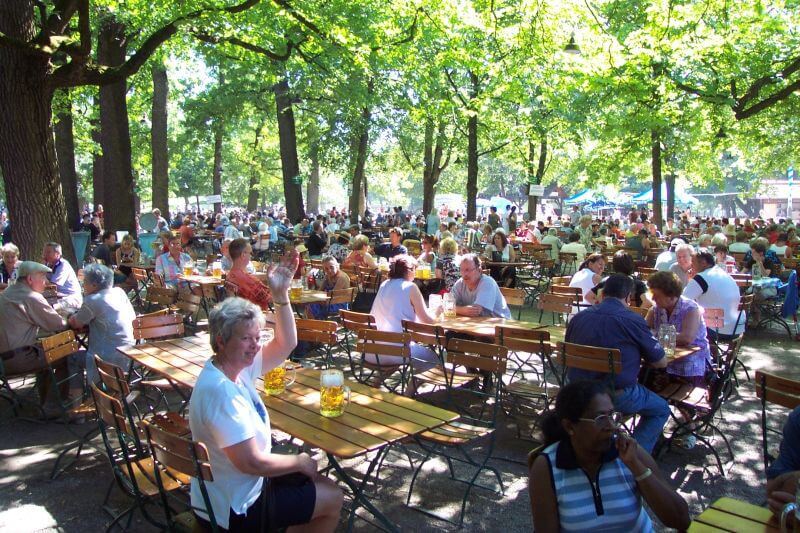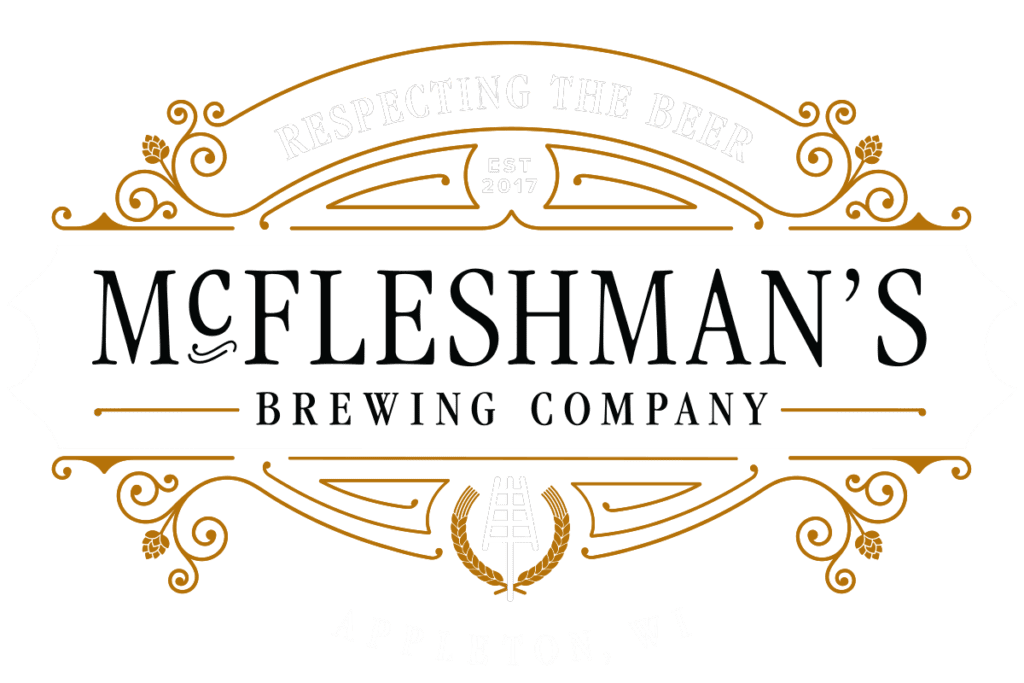The power goes out…and the fretting begins. How long? What about the food in the freezer? What about the wi-fi?!? Many of us in the Appleton area had these thoughts over the weekend due to the storms. First, I hope everyone is alright, and that your trees were spared. If not, let’s plant some new ones! Seriously, let’s plant trees!

Second, what happens if the brewery loses power? Luckily, it didn’t but if it did the concern is the glycol system. Brewing is all about heating things up (during brewing) and cooling things down (during fermentation). After brewing, we must cool 1,000 liters (263 gallons) of wort down to “pitching temperatures”, or 47F for our lagers and 65F for the ales. Cooling the wort is known as the “knock out”. In classic Goldilocks fashion, if we pitch the yeast into the wort at too hot, or too cold of temperatures, the beer could have off-flavors, etc. Each beer requires the “just right” temperature for pitching the yeast, and then requires that perfect temperature be maintained.
Pictured is Polly, one of our fermenters. Notice the foil wrapped tubes that plumb into Polly. These hold the propylene glycol fluid (a type of food-safe anti-freeze) that is chilled from a large vat in our second story. The fermenters have a double wall that is filled with this fluid. It’s a way we can control the temperature of the fermenter without having the fermenter in a large fridge. Each beer requires very specific temperatures during its fermentation, which we monitor on a panel pictured below—notice the different temperatures on the panel; those temps correspond to your future pint in its nice and chilly womb. So as long as the power keeps on truckin’, those temps can stay low and the beers can keep on fermenting.

So, if brewing requires modern refrigeration, how did generations of yesteryear ferment lagers at cold temperatures? In Germany, the word lager comes from lagern which means “to store”. The Reinheitsgebot (see blog on beer purity law) forbid brewers from brewing during the hot summer months so they would make extra during the colder winters. To solve the storage problem of this extra beer they would dig cellars, much like we store things in our basements. Due to the high water table near Munich, these cellars were limited in depth, so they dug shallow and wide cellars. To add extra insulation, they planted chestnut trees with shallow roots above the cellars, which would absorb much of the heat energy. It doesn’t take people long to realize these lush parks adjacent to the breweries are the perfect place to enjoy a frosty lager which is happily kept cold just beneath their feet—and thus the German Biergarten was born!!

So maybe we should take this recent storm as a call to arms to plant more trees! First planting trees celebrates German beer history and second (and more importantly), trees can help us fight climate change a recent science study shows, so all the better!!
So relax, plant a tree, and have a pint.
Cheers!
And a special thanks to the folks who worked hard and fast to restore power to the Fox Valley over the weekend! I’m raising a special pint to you!
Reference: Lager by Dave Carpenter, Quarto Publishing Group, 2017

